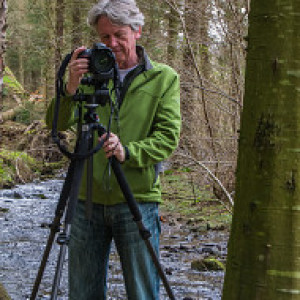The Glen Feshie Experiment
I had the privilege today of visiting a number of sights in Perthshire and the Highlands with a colleague to look at the implications of deer management for our forests. He is an expert in both (and modest, so I shall preserve his anonymity).
Many of us who enjoy the wild landscapes of the Highlands fail to recognise that the barren moorlands were once covered in trees, and there is one overwhelming reason why that is no longer the case. That reason is deer. The predominant factor in the way that we have managed the herds of wild deer - and we are talking here about Red Deer - is to provide an adequate supply for the sport of stalking. In combination with the peculiarly concentrated ownership of Scotland's Highland estates, we have for decades allowed deer to exist in numbers that the landscape simply cannot sustain. Deer are voracious consumers of all that is green, and are particularly fond of new, young trees and shrubs.
It is not difficult to find Highland woodlands where there are few if any trees less than fifty years old, and that is a woodland whose days are numbered, for without regeneration of young trees, the woodland will die.
But all is not lost, and there is hope for a new, better, sustainable future for our forests and our Highland landscape. At Glen Feshie (and it is not the only example, but it is the largest), the relatively new owner has adopted a policy of restricting the deer down to numbers far lower than are found on many estates. And the results in only a few years are dramatic. Everywhere there are signs of new growth - young pine, alder and willow that are thriving in their native habitat and being allowed to do so in peace, and not being eaten by the voracious red deer. It is a policy that has attracted controversy, but no one who visits Glen Feshie today could fail to be convinced and excited by the evidence in front of their eyes. There is indeed hope.

Comments
Sign in or get an account to comment.


